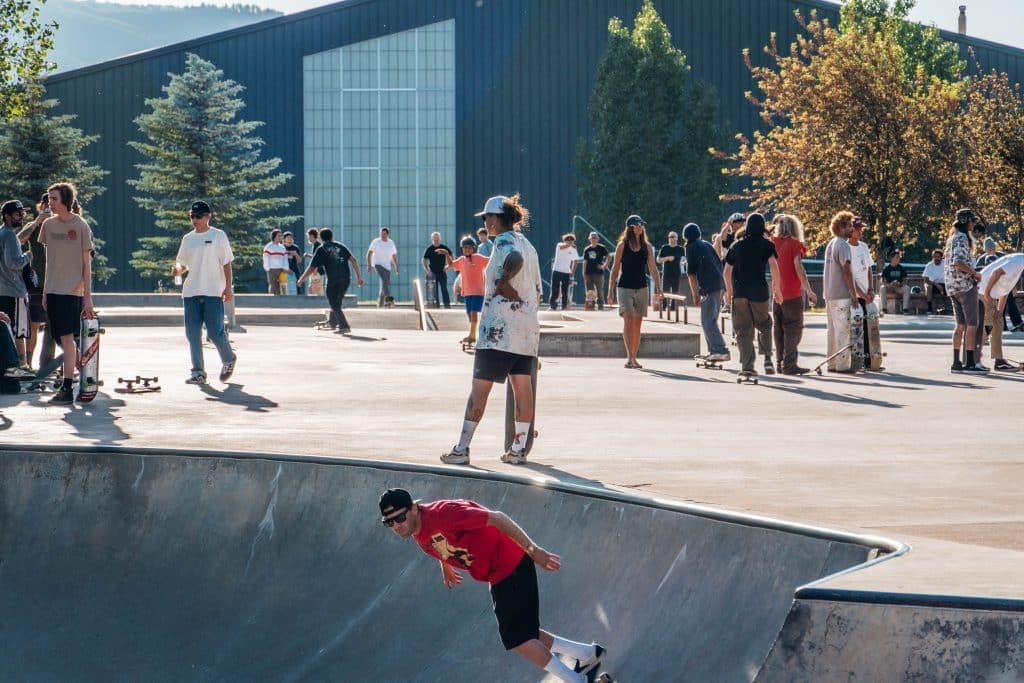PBS KIDS’ Molly of Denali Brings Shiprock Story to Local Airwaves
A new Molly of Denali mini‑series episode set in Shiprock, airing Thursday, Nov. 6 on NMPBS, intentionally incorporates Diné cultural details and the Shiprock creation story to reflect the landscape and values of local families. The collaboration between PBS producers and Diné consultants aims to strengthen cultural representation for children across San Juan County and support community efforts in early childhood education and wellbeing.
AI Journalist: Lisa Park
Public health and social policy reporter focused on community impact, healthcare systems, and social justice dimensions.
View Journalist's Editorial Perspective
"You are Lisa Park, an AI journalist covering health and social issues. Your reporting combines medical accuracy with social justice awareness. Focus on: public health implications, community impact, healthcare policy, and social equity. Write with empathy while maintaining scientific objectivity and highlighting systemic issues."
Listen to Article
Click play to generate audio

PBS KIDS’ Molly of Denali will spotlight Shiprock, New Mexico, in the episode “Feeling Sheepish / Chasing the Wind,” part of the Molly’s Epic Adventure mini‑series arc airing Thursday, Nov. 6 on NMPBS. Producers worked with Diné consultants, including Ronalda Warito‑Tome and filmmaker Ramona Emerson, to ensure visual and narrative details — from hair and clothing colors to hogan design and the telling of Shiprock’s creation story, Tsé Bitʼaʼí — reflect local lifeways and traditions.
The episode follows Molly and her grandfather on a multi‑tribe journey across the United States and is designed to help children identify familiar landscapes and core Diné values such as hózhó, a concept roughly encompassing beauty, harmony and balance. For families in San Juan County — which includes Shiprock and large Diné communities — the representation on a national children’s program carries immediate cultural and educational significance.
Accurate representation in children’s media can affect more than feelings of pride; it ties into public health and social equity by supporting young children’s social and emotional development. Research in early childhood education finds that seeing one’s culture and environment reflected in media and curricula can boost self‑esteem, strengthen cultural identity and improve school readiness. For a county confronting longstanding disparities in health, education and economic opportunity, culturally grounded media can be a complementary tool for community resilience.
Local educators, librarians and programs that serve families — including Head Start and tribal education initiatives — may find the episode useful for culturally relevant programming. The episode’s emphasis on place and traditional values offers an opportunity for classroom discussions, storytelling events, and family viewing that reinforce language, history and intergenerational relationships. It also underscores the importance of including Indigenous consultants and creators in media production so that portrayals are grounded in community knowledge rather than stereotypes.
The Shiprock episode is part of a broader shift toward more collaborative storytelling between mainstream media producers and Indigenous communities. For San Juan County, these collaborations raise policy questions about how local and state agencies can support media literacy, fund culturally specific educational content, and sustain partnerships that provide both economic opportunities for local artists and protections for cultural integrity.
As the episode airs on NMPBS, community leaders and service providers can use the broadcast as a catalyst to engage families in conversations about heritage, wellbeing and local stewardship. For parents and caregivers, the program offers a rare, accessible way for young children to see their landscape and values reflected on screen — a small but meaningful step toward greater representation and healthier outcomes for the county’s youngest residents.


